Can you put a lock on a refrigerator?
Absolutely! A refrigerator can have a lock added to it! This simple yet effective measure is often considered for various reasons. Whether it’s to keep little hands from raiding the cookie jar at midnight, safeguarding expensive or special dietary foods, or ensuring medication stored inside is not tampered with, a fridge lock serves as a practical solution.
Indeed. To secure the refrigerator and stop unwanted entry, a variety of refrigerator locks are available, such as combination locks and adhesive locks.
It’s especially useful in collective areas where you want to keep your drinks and food safe, such as offices or bedrooms. With the right equipment and knowledge, installing a lock on a refrigerator is a fairly simple task. To guarantee that the process is completed accurately and successfully, there are a few crucial measures. We’ll go over these procedures in the instructions that follow, giving you a simple, approachable way to secure your refrigerator.
Certainly! A complete guide on how to put a lock on a refrigerator:
Supplies Required:
- Refrigerator lock kit (combination lock, adhesive lock, or electronic lock)
- Screwdriver or adhesive remover (if required)
- Cleaning supplies (alcohol or soapy water)
- Marker (if using a combination lock)
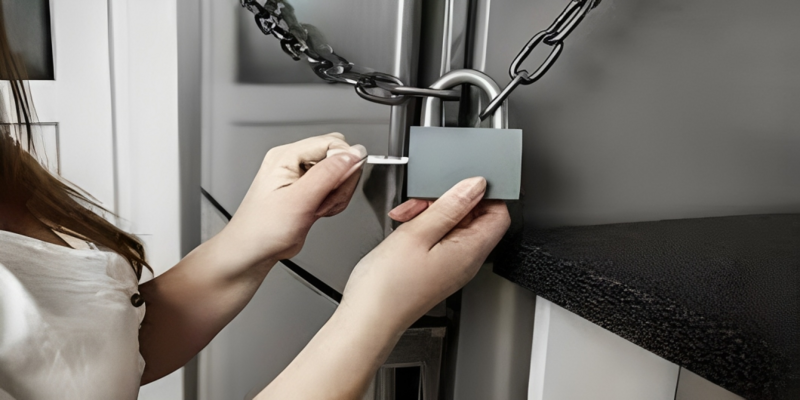
Step 1: Choose the Lock Type
Depending on your demands and the kind of refrigerator you have, choose the kind of refrigerator lock that best fits. Electronic locks, adhesive locks, and combination locks are typical choices.
Step 2: Read the Instructions
Carefully read the installation instructions provided with your chosen lock. There may be particular installation requirements for different locks.
Step 3: Get the refrigerator ready.
Make sure the area of your refrigerator where the lock is going to be installed is clean before you attach it. To get rid of any residue or grime, use soapy water or alcohol. Let it air dry entirely..
Step 4: Position the Lock
To find the exact location for the lock, refer to the manufacturer’s instructions. For adhesive locks, mark the positions where the components will be attached. For combination locks, set the combination according to the instructions.
Step 5: Attach the Lock
Depending on the type of lock:
- Combination Lock: Use screws or adhesive to attach the lock components to the designated areas on the fridge door. Ensure they are firmly in place.
- Adhesive Lock: Remove the backing from the adhesive pads and press the lock components into the marked positions. Apply pressure to secure them in place.
- Electronic Lock: Follow the specific instructions provided with the electronic lock to set it up. This may involve programming codes or using keycards.
Step 6: Test the Lock
Test the lock to ensure it functions correctly. For combination locks, enter the combination to lock and unlock it. For adhesive and electronic locks, follow the provided instructions to test their operation.
Step 7: Maintain the Lock
Regularly inspect the lock to make sure it remains secure and functional. Keep any keys or codes in a safe place, especially for combination or electronic locks.
A lock can be installed on your refrigerator to help safeguard its contents and accomplish a number of goals, such as keeping children safe or stopping food theft in common living areas. To guarantee correct installation and operation, always adhere to the manufacturer’s instructions for the lock that you are using.
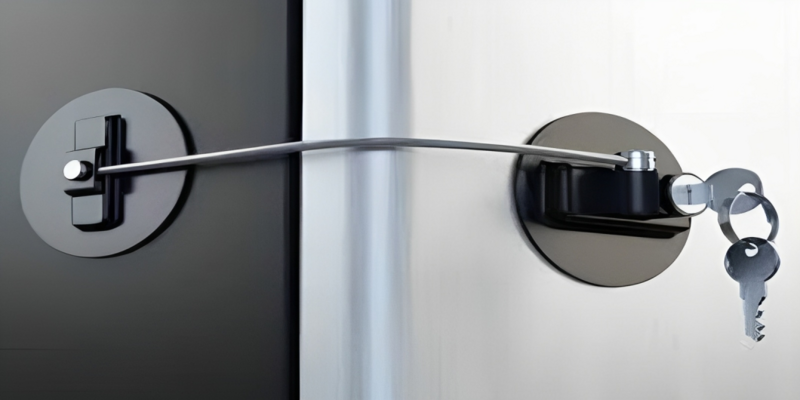
Here’s a table with ways to prevent refrigerator theft:
| Method | Description |
| Use a refrigerator lock | Install a lock designed for fridges or appliances. |
| Secure the surrounding | Ensure the area around the fridge is well-lit and monitored. |
| Restrict access | Limit access to trusted individuals. |
| Keep valuables elsewhere | Don’t store valuable items in the fridge. |
| Install security cameras | Place cameras in the kitchen for surveillance. |
| Neighborhood watch | Engage with neighbors to watch out for each other. |
In Conclusion:
Yes, refrigerator locks are available in various types, such as combination locks, adhesive locks, or even more advanced electronic options. They are designed to secure the fridge and prevent unauthorized access, whether it’s to protect valuable items, prevent food theft, or ensure child safety. While using a lock can be an effective deterrent, it’s also essential to consider other security measures like good lighting, restricting access, and engaging in neighborhood watch to enhance overall protection against theft and unauthorized access.

Of course! The following are some frequently asked questions (FAQs) concerning locking a refrigerator:
Can I put a lock on any type of refrigerator?
Yes, you can install locks on most types of refrigerators, including top-freezer, bottom-freezer, side-by-side, and French-door models. However, the installation method may vary depending on the fridge’s design.
What are some reasons to put a lock on a refrigerator?
People use refrigerator locks for several reasons, including preventing food theft in shared living spaces, safeguarding valuable items or medications, and ensuring child safety by keeping kids from accessing harmful substances or making a mess.
How should a refrigerator lock be installed?
Installation guidelines may change based on the lock type you select. Cleaning the surface, firmly fastening the lock’s components, and configuring the locking mechanism in accordance with the manufacturer’s instructions are usually involved. For optimal installation, always adhere to the included instructions.


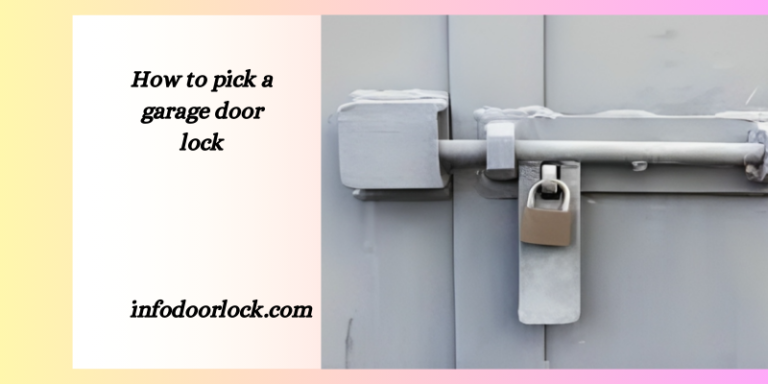

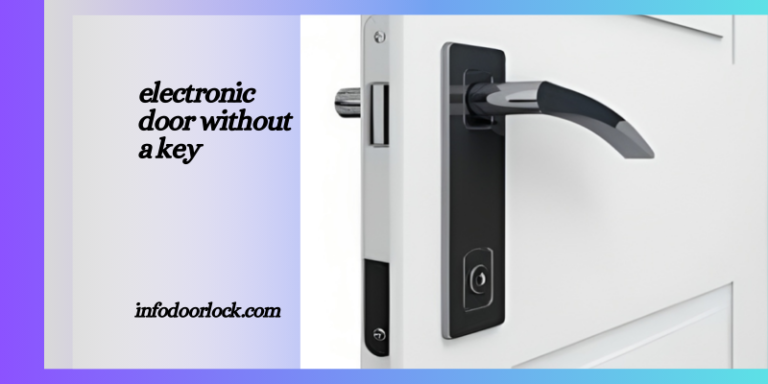
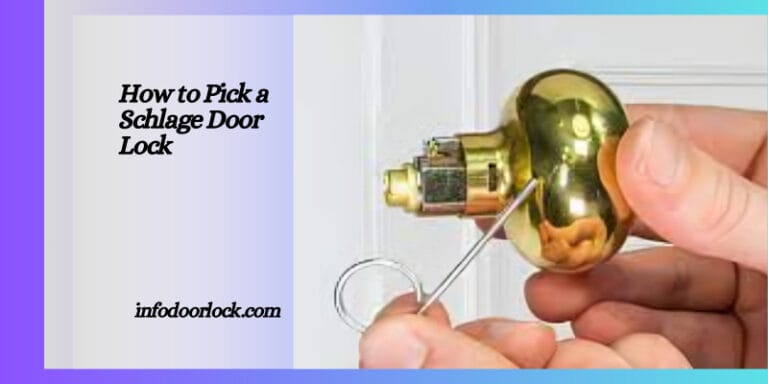
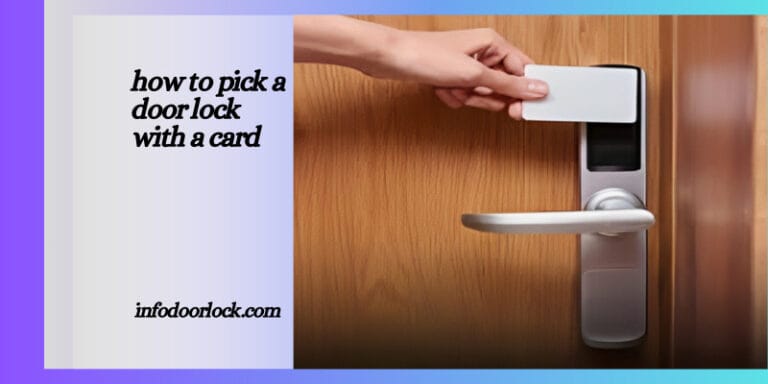
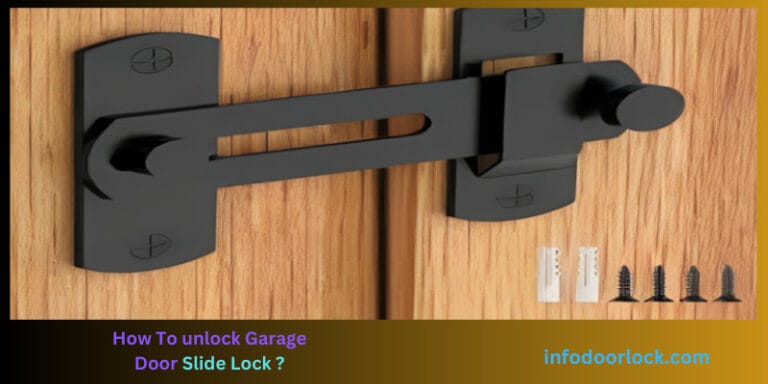
2 Comments